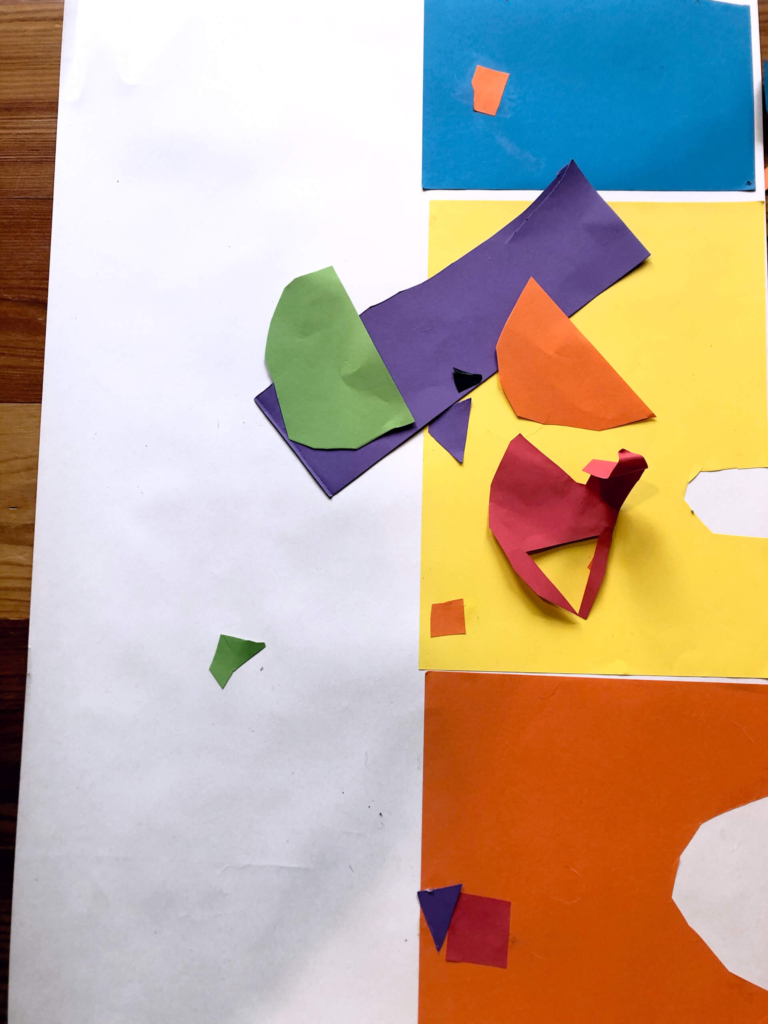A child-centered design approach is understanding children as social agents and active participants in society, as experts of their own experiences.
Children are becoming recognised as experts in their own experiences and lives.
Human centered design (HCD) is an iterative design process that takes “humans” as its central focus, orientating “social problem solving” in an emotionally empathetic approach by incorporating their emotional or psychological preferences as well to help them live better, easier lives.
By using established design conventions, designers keep the design effective, but the established convention may not be suitable for a specific audience: “Effective design needs to satisfy a large number of constraints and concerns, including shape and form, cost and efficiency, reliability and effectiveness, understandability and usability, the pleasure of the appearance, the pride of ownership, and the joy of actual use.” (Norman, 2013). In “The Design of Everyday Things”, Don Norman defines two main objectives for HCD: solving the right problem and doing it by meeting human needs and capabilities.
Child-Centered Design is creating solutions for children using the HCD approach. A child-centered design approach is understanding children as social agents and active participants in society, as experts of their own experiences. The design process engages children with tangible, appealing and playful activities and allows them to create and imagine, fostering new opportunities to learn social interaction through positive recognition. In child-centered design the child is considered an equal and active actor; the process interlinks service design, children’s rights and positive recognition in a child-oriented approach.

‘Design thinking methodology’ developed by David Kelley and Tim Brown from IDEO has been widely referred to in many other areas besides the design and creative field. This methodology helps solve complex challenges, having people as the focus. It’s based on three principles: empathy, collaboration and experimentation.
This methodology meets children at their level, engaging with their thinking and behavior and frees itself from prejudice beyond existing beliefs and limitations using the eyes of those who experience; the end users, children, in first person, through immersive ways. The output hopefully brings value and real innovation to their day by day lifes not in ways which were presumed to be best for them but through a window into their world, solving the right problem and doing it by meeting children’s needs and capabilities.
Children are becoming recognised as experts in their own experiences and lives. Research reports that preschool age children can participate in focus-groups as long as the methodology is adjusted to their developmental level; using, for example, low-tech prototyping tools like paper and cardboard, tape, clay, while at the same time treating them with dignity and respect.

Child-centered design follows the general principles of the United Nations Convention on the Rights of the Child (UNCRC). Associations such as Designing for Children’s Rights (D4CR) develop an interesting volunteer work in creating awareness about the importance of keeping children’s rights in mind when designing products and services. If you want to read more about processes and tools about child-centered design you can download this guide from the Save the Children’s Child Rights Resource Centre.
According to the 3rd and the 12th article of the UNCRC, in all decisions that affect children, their best interests must be a top priority. Their voices must be heard and taken seriously, they have the right to give their opinions openly on issues that concern them.
As a designer of children’s experiences the only way to truly understand and interpret how children perceive the world and what are their needs is by spending time with the end users with an open mind, observing, playing, drawing, building, sitting and talking with them, getting to know them!
